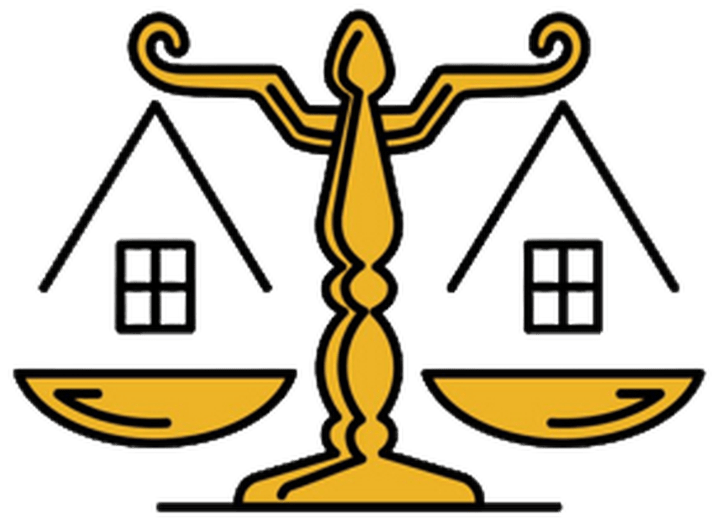
Introduction
Regulatory Framework and Institutions
1. Overview of government bodies and agencies that regulate OEM certificate in Nigeria, including the Standards Organization of Nigeria (SON), National Agency for Food and Drug Administration and Control (NAFDAC), and the Nigerian Investment Promotion Commission (NIPC).
2. International standards (ISO certifications) that align with Nigeria’s requirements.
Step 1: Understanding OEM Certification Requirements
General Eligibility Criteria
1. Definition of who qualifies as an OEM in Nigeria.
2. Industry-specific criteria (e.g., automotive, electronics, industrial equipment).
Key Documentation Needed
1. Company registration documents (CAC).
2. Proof of manufacturing capability.
3. Intellectual property rights for designs, technology, or products.
4. Proof of financial capacity and business viability.
Regulatory Standards to Meet
1. Overview of SON requirements.
2.Environmental and safety compliance.
3. International quality standards such as ISO certifications (ISO 9001, ISO 14001).
Common Challenges Businesses Face
1. Delays in documentation.
2. Understanding complex legal frameworks.
3. Meeting environmental and social governance (ESG) requirements.
Step 2: Application Process for OEM Certification in Nigeria
Step-by-Step Breakdown of the Application Process
1. Initial consultations with SON and industry-specific regulatory agencies.
2. Pre-certification assessments.
3. Submission of application and required documentation.
Costs and Fees Involved
1. Overview of the application fees.
2. Additional costs such as product testing, factory audits, and consultant fees.
Timeline for Processing Applications
1. Typical timelines for processing certification requests.
2. Factors that could delay the process.
Tips for Speeding Up the Application
1. Best practices for preparing documentation.
2. Engaging legal or compliance experts to navigate the regulatory landscape.
Step 3: Product Testing and Factory Audits
Importance of Product Testing in the Certification Process
1. Ensuring compliance with SON and international standards.
2. Types of tests (e.g., safety, durability, environmental impact).
Factory Audits
1. What auditors look for during the inspection.
2. Factory safety and operational efficiency standards.
3. How to prepare for factory audits (training staff, organizing documentation).
Third-Party Testing and Certification
1. Role of third-party labs and consultants in the testing process.
2. How to choose a reputable testing partner.
Common Reasons for Failing Audits and How to Avoid Them
1. Incomplete documentation.
2. Non-compliance with environmental and safety standards.
3. Poor product quality control systems.
Step 4: Securing Intellectual Property (IP) Rights
Importance of IP in OEM Certification
1. Protecting designs, patents, and trademarks.
2. How IP protection aligns with OEM certification in Nigeria.
Process of Registering Intellectual Property in Nigeria
1. Filing patents and trademarks with the Nigerian Trademark Office.
2. International IP protection (WIPO and other treaties Nigeria is part of).
Challenges of IP Protection in Nigeria
1. Issues with enforcement.
2. The risk of counterfeiting and infringement.
Tips for Protecting Your IP
1. Working with local legal experts.
2. Monitoring the market for IP infringement.
Step 5: Maintaining Compliance and Certification Renewal
Ensuring Ongoing Compliance
1. Routine audits and inspections by SON and other agencies.
2. Staying updated on new regulations and industry standards.
Renewal Process for OEM Certification
1. Timeframe for certification renewal (usually every 2-5 years).
2. Documentation and processes required for renewal.
Dealing with Non-Compliance Issues
1. Penalties for failing to maintain certification.
2. How to rectify non-compliance and reinstate certification.
Continuous Improvement of Manufacturing Processes
1. Adopting new technologies and processes to meet evolving standards.
2. Ensuring employee training and skill development.
Case Studies and Success Stories
Examples of Nigerian Companies with OEM Certification
1. Highlight successful businesses that have secured and maintained OEM certification.
2. How OEM certification helped them scale their business and export to international markets.
Lessons Learned from OEM Certification Failures
1. Common pitfalls that led to failures.
2. Steps companies took to recover.
Conclusion
1. Understanding certification requirements.
2. The application process.
3. Product testing and factory audits.
4. Securing intellectual property rights.
5. Maintaining compliance and certification renewal.
Contact Us
For premier legal research services in litigation cases in Nigeria, contact Chaman Law Firmhttps://www.chamanlawfirm.com/about-us/ Contact U today. Our offices are conveniently located in Lagos, FCT Abuja, Ogun State, and the UK. We are readily available to assist you with your legal needs. Whether you require consultation, representation, or ongoing legal support, Chaman Law Firm is your trusted partner in navigating corporate law in Nigeria.

